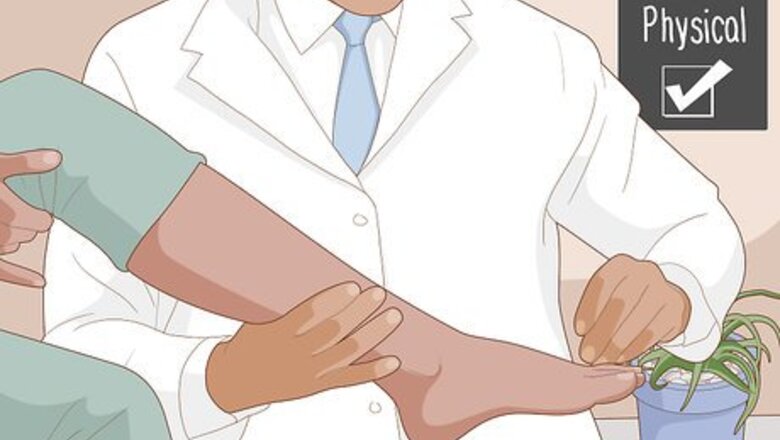
views
Getting Started

Get a sports physical before you start. Before you start any new sport, it’s a good idea to see your doctor and find out whether you can do the sport safely. Gymnastics has a lot of health benefits, but it can also be physically taxing, especially if you have any health problems. See your doctor and let them know you’re interested in starting gymnastics classes. Your doctor will probably begin by asking you questions about your health history. They may ask if there are any major health problems in your family and whether you’ve had any past illnesses, injuries, or surgeries. They’ll also do a physical exam to get a sense of how fit and healthy you are. They may want to check your strength, flexibility, and posture. Let your doctor know about any medications or supplements you are taking.

Sign up for a class at a local gym. Gymnastics is a difficult sport. It’s important to learn under the guidance of an experienced coach in order to learn proper technique and keep from injuring yourself. To get started, do a search for gyms in your area that offer basic gymnastics classes. Many gyms offer a variety of classes based on your age and experience level. If you’re not sure which class to sign up for, make an appointment to talk to one of the coaches or instructors and get their advice. Try to find a USA Gymnastics certified center with coaches who have professional memberships.
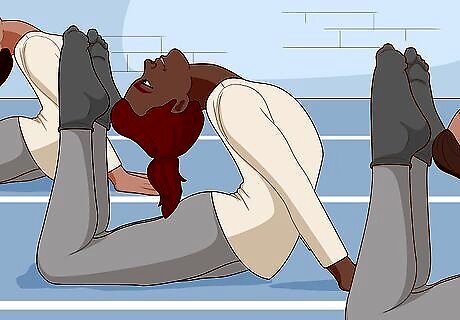
Take classes at your school if you’re a student. If you’re in school, you may be able to take gymnastics as part of your physical education curriculum. Talk to your PE teacher about taking gymnastics if you’re in primary or secondary school. If you’re attending a college or university, check the course catalogue to see if gymnastics classes are available. Even if you’re not enrolled in school, you may be able to sign up for continuing education gymnastics classes at a local university or college.

Familiarize yourself with the different types of gymnastics. As you start to master the basics of gymnastics, you can begin to narrow your specialization a bit. Get familiar with the 3 types of gymnastics and decide which one best fits your personal style. The types are: Artistic gymnastics. This type of gymnastics focuses on doing short routines on equipment and on the floor. The typical routine includes doing vaults, using the rings, and performing different moves on the bars. Rhythmic gymnastics. This type of gymnastics is more performance-focused, and typically involves doing a routine to music while using equipment such as ropes, ribbons, and hula hoops. Acrobatic gymnastics. This is an energetic and showy form of gymnastics, involving tumbling, dance, and balance routines performed in groups or pairs.

Find a coach who can help you with bodyweight strength training. Gymnastics requires a lot of muscle power, so you’ll need to incorporate strength training into your learning routine. Work with a coach or trainer who has experience teaching gymnasts, since it’s important to build both overall strength and skill-specific strength. They will likely focus on strength training techniques that rely on your body weight rather than resistance (i.e., weightlifting).Did you know? In gymnastic strength training, the goal is to achieve the maximum possible strength with the smallest possible muscle size. Develop a routine that alternates between push and pull strength-building exercises. Push exercises include pushups, chest presses, lateral raises, and triceps extensions. Pull exercises include things like arm rows, biceps curls, and back extensions.

Work on building your flexibility. Flexibility is another key component of gymnastics. To boost your flexibility, try a combination of stretching, massage, and breathing exercises. To expand your range of motion, do static stretches (stretches that are held for about 30 seconds). Some examples include slow shoulder rotations, biceps stretches, lumbar extensions, and hamstring stretches. If you're first starting out, go easy on your muscles by holding your stretches for only 10-30 seconds at a time. If you have tightness in some muscles, static stretches are always a good option to loosen them up. Dynamic stretches, which involve performing a movement rather than holding a position, can help warm up your muscles and increase your flexibility. Some popular dynamic stretches include lunges, kicks, and torso rotations. There are a lot of different dynamic stretches that you can do for each muscle group. Yoga is another great way to build both flexibility and strength.
Learning Basic Techniques
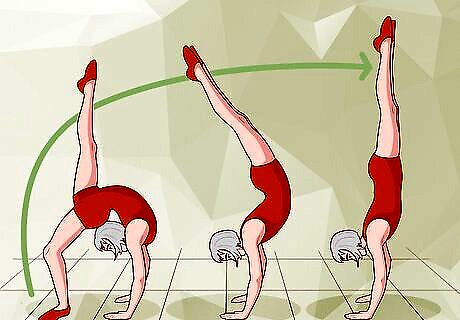
Master the handstand. The handstand is one of the most essential gymnastics skills. It forms the basis of many other gymnastics techniques, such as walkovers and handsprings. To learn to do a handstand, start by practicing against a wall. Stand with your back against a wall, then bend down and put your hands on the floor. Walk your feet up the wall behind you one at a time, then use your hands to walk yourself up to the wall until your stomach is flat against the wall. Hold this position for as long as you can. The tops of your feet should be flat against the wall, with your toes pointed at the ceiling. As you get comfortable doing the handstand against the wall, try kicking up to a handstand from a lunge and doing it unsupported. If you are uncomfortable, have a spotter help you. A lot of people who practice handstands tend to raise their head. Instead, try to tuck your neck and head in and tighten your center core.
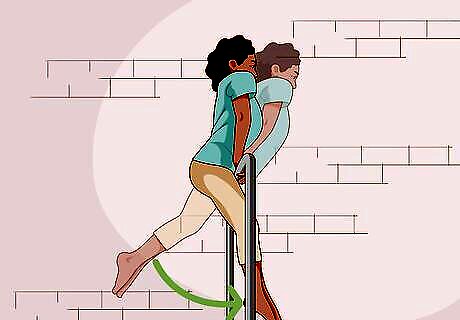
Learn how to cast. A cast is a basic skill on the bars. Once you learn how to do a cast, you can move on to more advanced techniques, such as a cast handstand. To do a cast, push yourself up on the bar with your arms straight and your legs and feet together. Keep your legs straight and your toes pointed, and tighten your core. Bring your hips up to the level of the bar. Practice swinging your body forward and your legs back a few times, then push up with your arms so that your whole body is briefly parallel to the floor. You may need to swing your legs forward and back several times before you can enter a full cast. Swing your legs at the hips, keeping your legs, arms, and torso straight and your hips resting against the bar. When you’ve completed the cast, let your hips fall back against the bar and swing your legs forward again.
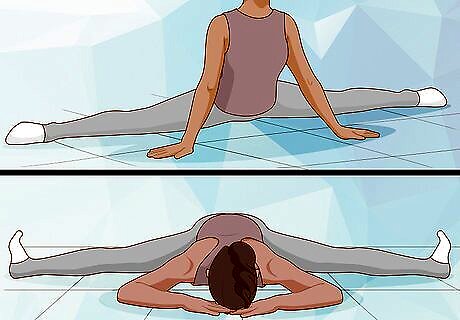
Work on doing side and middle splits. Splits are a key component of many gymnastics moves, including jumps and back walkovers. Side splits involve lowering yourself completely to the floor with one leg in front of you and the other one behind, while middle splits involve getting down on the floor with your legs out on either side of you. Tip: There are a variety of yoga poses that can help you prepare for the splits. For example, try doing a wide-legged forward bend as you work up to middle splits. Poses like the low lunge can help you get ready for side splits. To work up to doing splits, do stretches that focus on building flexibility in your hamstrings and hips. Once you’ve mastered the splits, try doing split leaps, in which you enter a split position while jumping as high as you can off the ground. Splits are unique in a way where you can do them anywhere, whether you're at home, at a park, or in the gym.
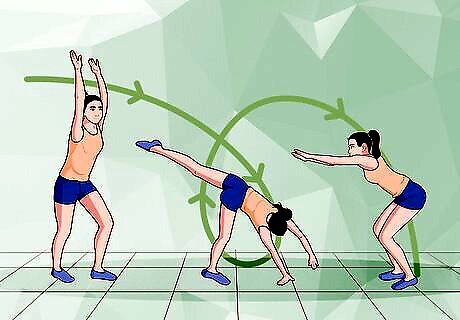
Try doing roundoffs. A roundoff is a move similar to a cartwheel and is a staple of many gymnastics routines. To do a roundoff, start in a lunge position with 1 knee forward and your arms lifted straight above your head with your palms forward. Lean forward with your torso and kick up with the leg in back, landing on your palms with your hands rotated inward (toward each other). Bring your legs together at the top of the roundoff, then push through so that you land facing toward the direction you started from. It’s a good idea to perfect a basic cartwheel before you attempt a roundoff.
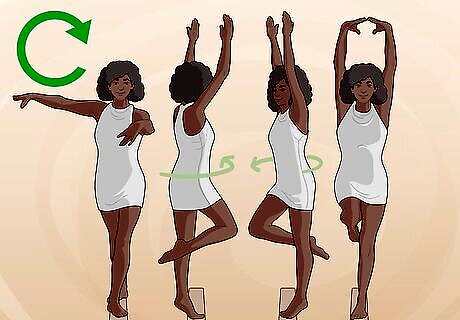
Practice the turn on 1 foot. You may associate this simple move with dancing more than gymnastics, but the turn is a staple of many beam and floor routines. To start a full (360°) turn, put the foot you’ll be turning on in a relevé position (on the ball of your foot with the top of your foot parallel to your shin). Pull your other foot up to your ankle or knee, keeping your hips level and straight. Keeping your core tight and your shoulders straight, drive with your heel to swivel yourself around in a full turn. To stop the turn, twist your shoulder slightly in the opposite direction from the turn. Work your way up to doing a full turn by practicing a 90° turn until you get comfortable with it. Practice standing on 1 foot in the relevé position until you can hold the pose comfortably for at least 10 seconds.
Caring for Your Health and Safety
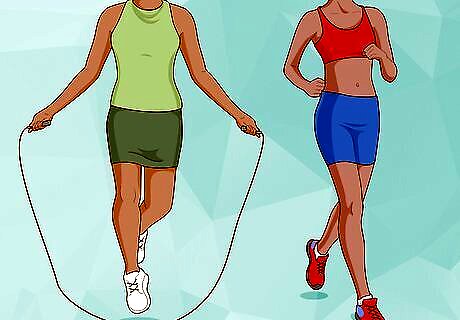
Warm up before you practice to prevent injuries. Warming up helps prime your muscles and improve your circulation, helping to prevent injury and reduce strain on your muscles and heart. Before you practice gymnastics or perform a routine, spend at least 5 minutes warming up with some light exercise and stretching. For example, you might start with a few minutes of jump-rope, light jogging, and dynamic stretches (such as kicks, arm swings, and trunk twists).
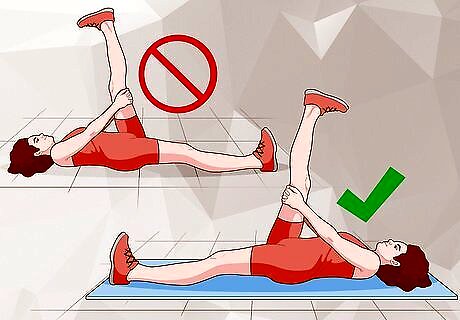
Practice on padded floors at all times. Practicing over a hard floor increases your risk of injuring yourself, especially if you fall. Whether you’re practicing in the gym or at home, make sure the floor is well-padded. If you’re practicing on equipment, make sure the mats underneath you are properly secured.
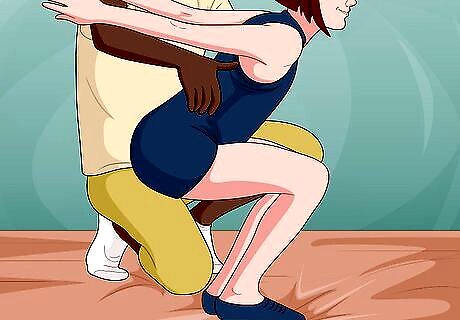
Work with an experienced coach to make sure your technique is correct. Using poor technique can increase your risk of developing injuries, such as stress fractures, strains and sprains, and back pain. To keep yourself safe while you practice and perform, always work with a coach or instructor who can guide you and make sure that you are doing each move correctly. Don’t attempt to do advanced moves or stunts without the guidance of a coach.
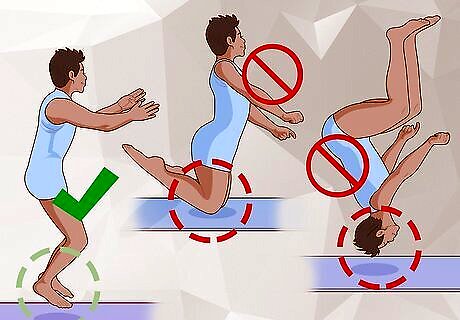
Follow gym safety rules carefully. Most gyms have rules in place to protect you and your fellow gym-goers. Before you start practicing gymnastics, take time to familiarize yourself with your gym’s safety regulations. Common safety rules include: Limiting the use of equipment to one person at a time Not wearing jewelry or other items that might get snagged on the equipment Practicing good jumping technique when using foam pits (e.g., jumping only onto your feet, back, or bottom, and never diving headfirst or landing on your knees) Always training with a partner or coach
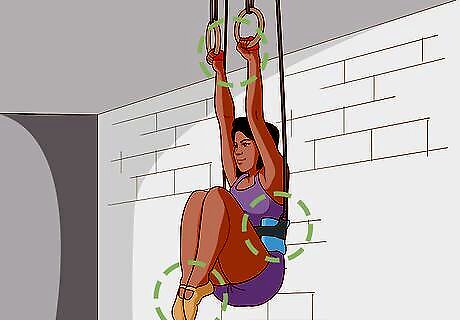
Use appropriate safety gear. Depending on the type of gymnastics you are doing, you may need to wear protective gear to prevent injuries to your hands, feet, and joints. Talk to your coach or instructor about what kinds of gear you should wear. For example, you may need to wear grips or sports tape on your hands while doing exercises on the rings or bars. For some gymnastics stunts, such as vaults, it’s important to wear reinforced shoes to prevent damage to your toes when you land. When you’re learning difficult new moves where you could potentially fall, you may need to wear a spotting belt (a belt that hooks up to cables attached to the ceiling).
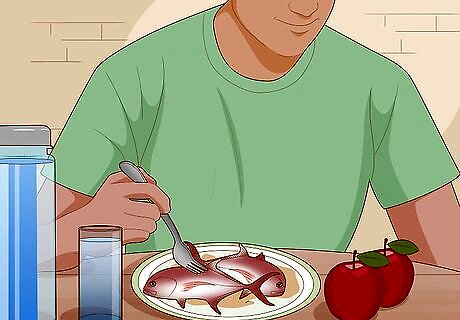
Eat nutritious meals and stay hydrated. Getting appropriate nutrition is important for building and maintaining the strength you need as a gymnast. Work closely with your coach or a registered dietitian to develop a diet plan that is right for you. Ideally, your diet should include a good balance of:Warning: Because of the strict physical demands of the sport, serious gymnasts are at risk of developing eating disorders. If you’re concerned about your eating habits, talk to your doctor of a dietitian. Lean proteins to help build and repair muscle Complex carbohydrates to provide energy Fruits and vegetables, which provide fiber and essential vitamins and minerals Healthy fats (like those found in fish, nuts, and plant oils) Plenty of water, as well as electrolyte-rich sports drinks during extended training sessions
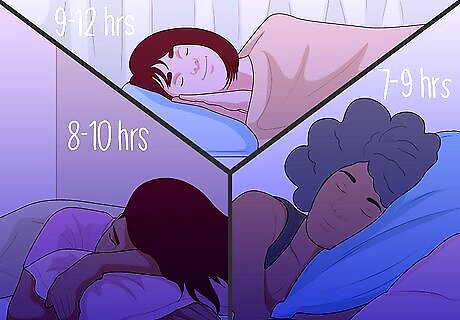
Get plenty of good-quality sleep. You need sleep to maintain a good energy level, be at your healthiest, and help your body heal. As a gymnast, getting enough sleep is also important for helping you avoid fatigue and injuries. Make sure to make time in your schedule so you can get the recommended amount of sleep for your age. Kids ages 6-12 need 9-12 hours of sleep per night. If you’re a teen (aged 13-18), aim for 8-10 hours of sleep each night. Adults should get 7-9 hours of sleep every night.
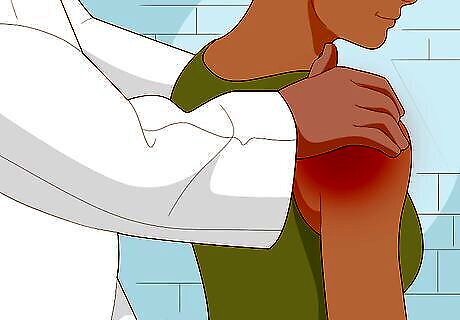
Stop training and see a doctor right away if you think you’re injured. Trying to push through training with an injury will only make the damage worse and ultimately slow you down. If you get injured or feel pain while doing gymnastics, stop what you’re doing right away. See a doctor and work with your coach or trainer to treat the injury and prevent further damage. If you get injured, ask your doctor to refer you to a physical therapist with experience working with gymnasts.











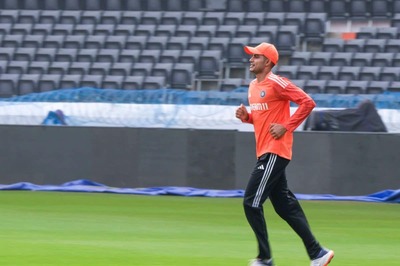








Comments
0 comment